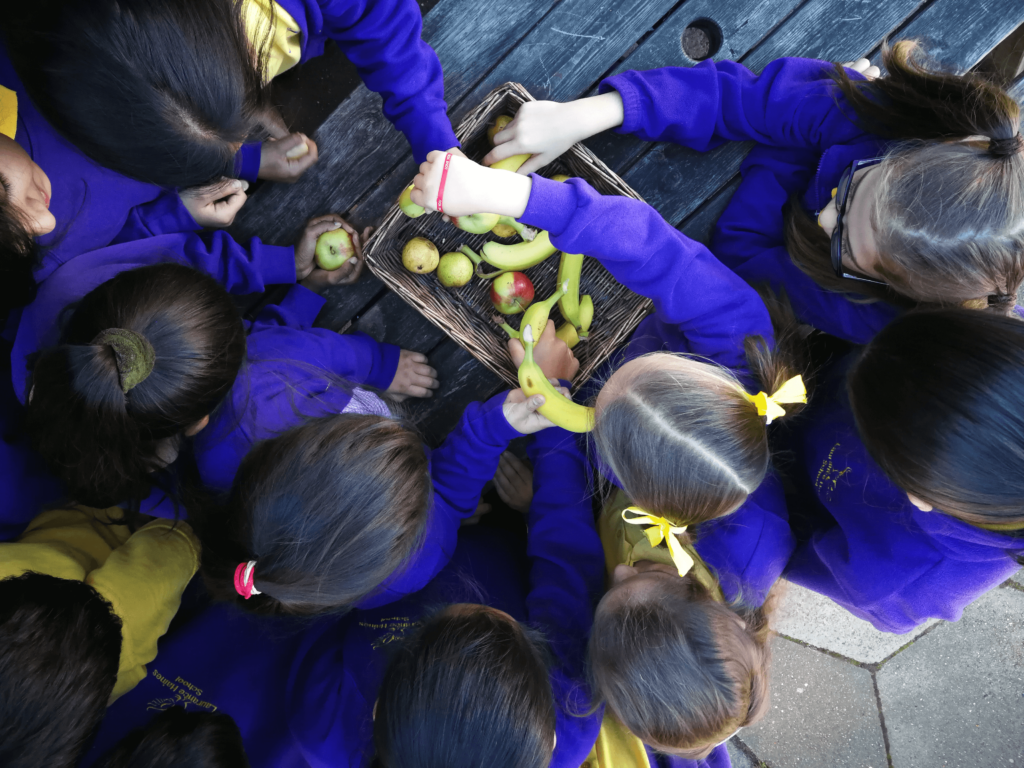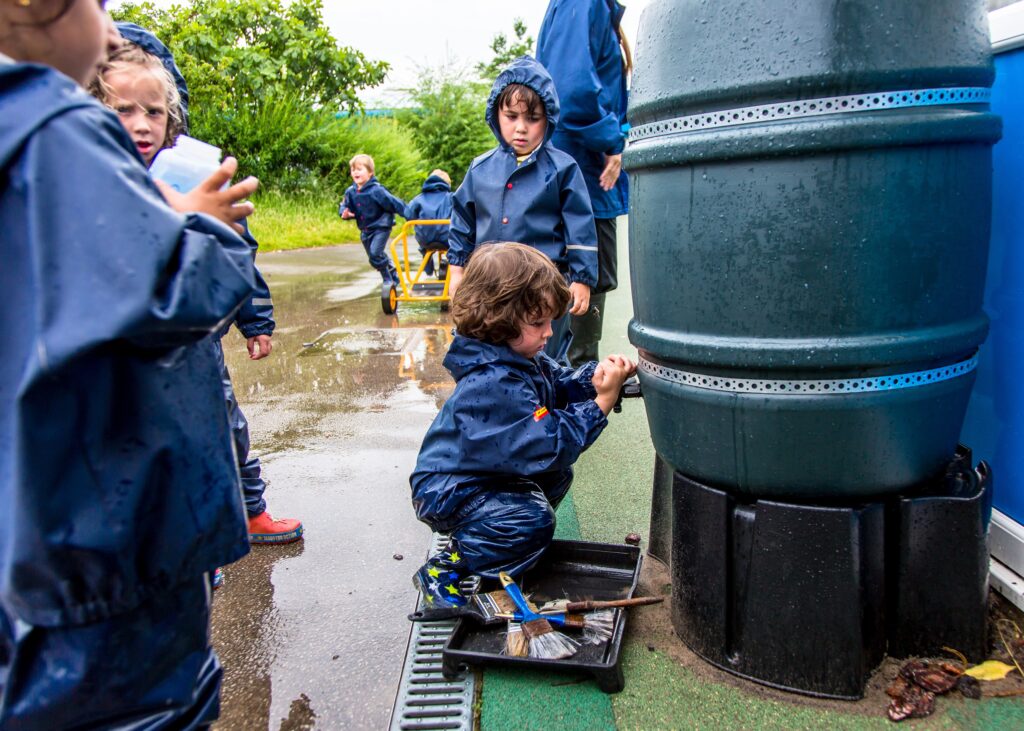
Guidance on year-on-year comparison
Find out more about how to compare your report for 2025-26 to those previously completed.
Count Your Carbon is designed specifically for schools, colleges, and nurseries across the UK. It is simple, accessible, and aligned with international standards such as the Greenhouse Gas Protocol, while tailored to the practical realities of school life.
On this page you’ll find a brief introduction to the methodology behind Count Your Carbon. If you’d like further information about how the calculator works, what data sources and assumptions underpin it, and how results should be interpreted, download our Methodology Report by clicking the button below.
The methodology behind Count Your Carbon is aligned with the Greenhouse Gas Protocol, the most widely used international framework for greenhouse gas accounting. Scope 1, Scope 2, and Scope 3 categories are defined in accordance with the protocol. UK Government GHG Conversion Factors are used wherever possible, with supplementary datasets applied where national factors are unavailable.
The approach also aligns with wider UK school sustainability initiatives, ensuring that results can be understood in the context of Department for Education’s (DfE) sustainability and climate change guidance and initiatives such as Eco-Schools and Let’s Go Zero.

The tool was co-designed with extensive input from staff across UK local authorities, schools (including SEND and PRU settings), and multi-academy trusts – this included teachers, headteachers, catering staff, bursars and caretakers, and sustainability leads. Stakeholder engagement ensured that the questions asked, and the design of the tool, were practical, relevant, and accessible for schools.

Count Your Carbon covers the major operational activities that fall within a school’s greenhouse gas reporting boundary.. The calculator includes all relevant sources across Scopes 1, 2, and 3 that a school can reasonably report on:
For more information on the data required to complete a calculation, download the Methodology Report or view our data gathering guidance.
